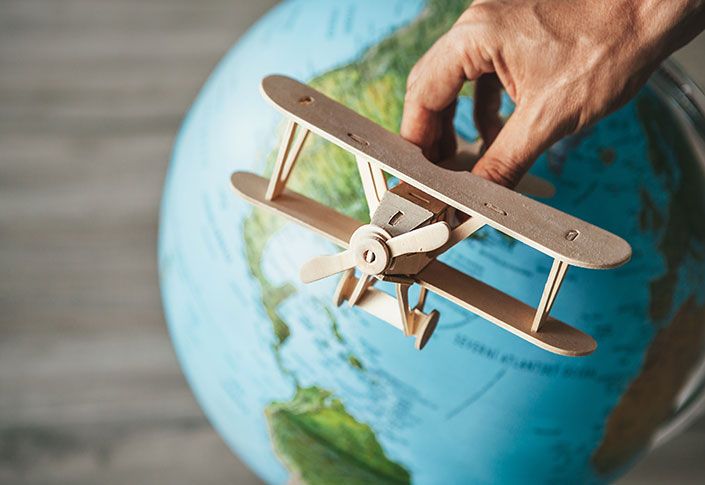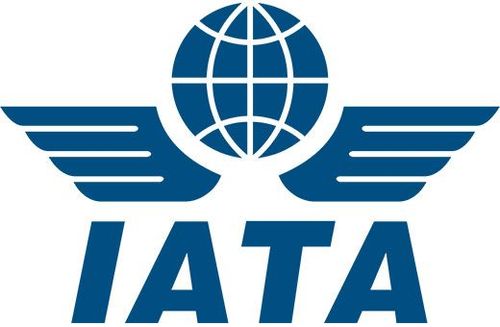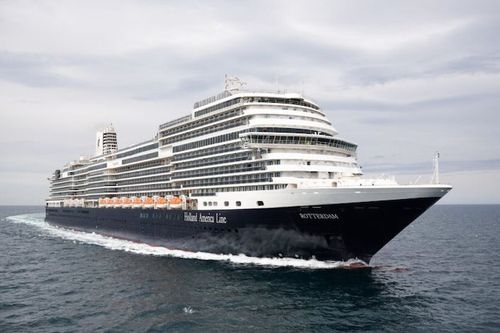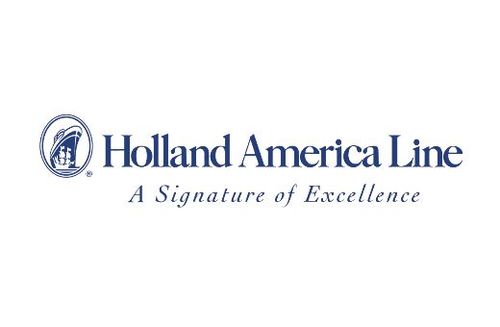Where travel agents earn, learn and save!
News / IATA: Slow Recovery Needs Confidence Boosting Measures
IATA called for governments to work with the industry on confidence-boosting measures

The International Air Transport Association (IATA) called for governments to work with the industry on confidence-boosting measures in the face of an anticipated slow recovery in demand for air travel.
An IATA-commissioned survey of recent travelers found that:
• 60% anticipate a return to travel within one to two months of containment of the COVID-19 pandemic but 40% indicate that they could wait six months or more
• 69% indicated that they could delay a return to travel until their personal financial situation stabilizes
Early indications of this cautious return-to-travel behavior are seen in the domestic markets of China and Australia, where new coronavirus infection rates have fallen to very low levels:
China
Domestic demand began to recover when the rate of new COVID-19 infections in China fell into single digits and rapidly headed towards zero (measured by new infections as a percentage of the seven-day moving average of total COVID-19 cases). While there was an early upswing from mid-February into the first week of March, the number of domestic flights plateaued at just over 40% of pre-COVID-19 levels. Actual demand is expected to be significantly weaker as load factors on these flights are reported to be low. China accounts for some 24% of all domestic passengers.
Australia
Domestic demand continued to deteriorate even after the rate of new infections fell into single digits which triggered an initial recovery in the Chinese domestic market. In fact, there is still no sign of a recovery (total domestic flights are at 10% of pre-COVID-19 levels) even as new infections nears zero. Australia accounts for 3% of all domestic travelers.Domestic market behavior is a critical indicator as the post-pandemic recovery is expected to be led by domestic travel, followed by regional and then intercontinental as governments progressively remove restrictions.
Relief Measures
In addition to confidence-building and stimulus measures, the anticipated slow recovery also adds urgency to the need for emergency financial relief measures. IATA estimates that some 25 million jobs in aviation and its related value-chains, including the tourism sector, are at risk in the current crisis. Passenger revenues are expected to be $314 billion below 2019 (-55%) and airlines will burn through about $61 billion in liquidity in the second quarter alone as demand plummets by 80% or more.
Some governments have stepped up. Examples of relief measures over the last week include:
• Colombia added significant tax relief for airline tickets, jet fuel and tourism to their already comprehensive package of relief measures
• Hong Kong provided another HK$2 billion in relief, including purchasing 500,000 tickets in advance from Hong Kong based carriers to inject liquidity into the airlines.
• Senegal announced US$128 million in relief for the Tourism and Air Transport sector
• Seychelles has waived all landing and parking fees for April to December 2020.
• The 41 Eurocontrol states and their air navigation service providers (ANSPs) delayed EUR1.1 billion in air navigation service charges for February-May until November and through to 2021. Last week a further 13 states and ANSPs also delayed terminal charges, totaling over EUR190 million, for a similar period.
For more information, please go to iata.org
More Travel News:
Enjoy Sandals and Beaches Resorts Virtually!
Celebrate Earth Day with Exodus Travels!
Delta posts Q1 $534 million loss, expects 90% drop in revenue for Q2
Welcome to the UNWTO Elibrary











